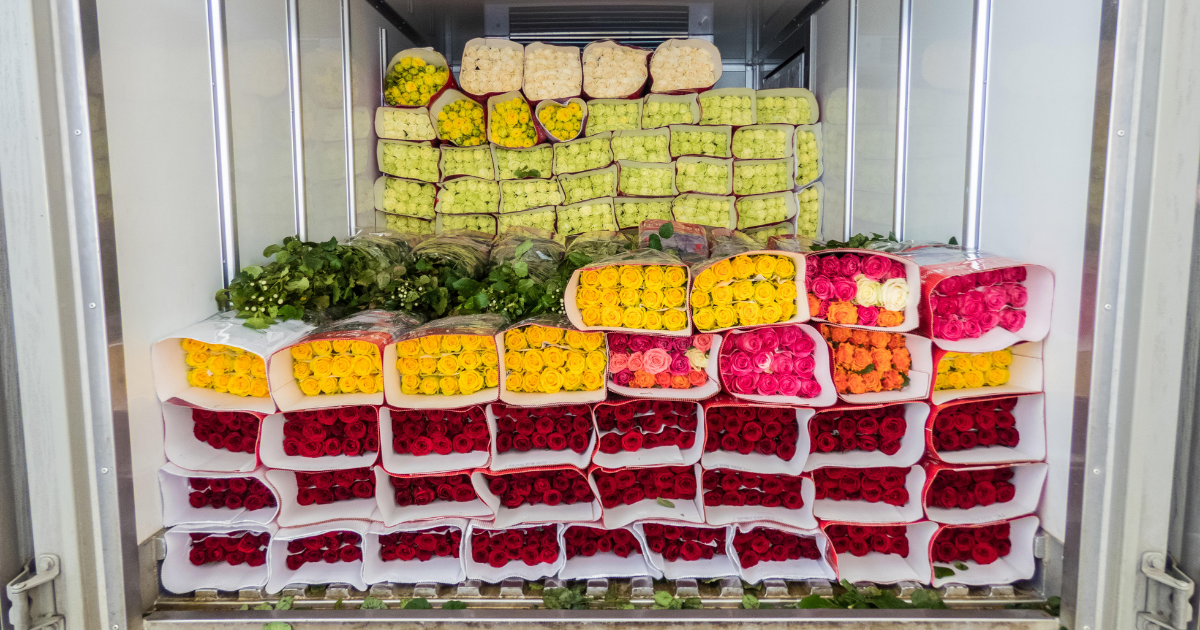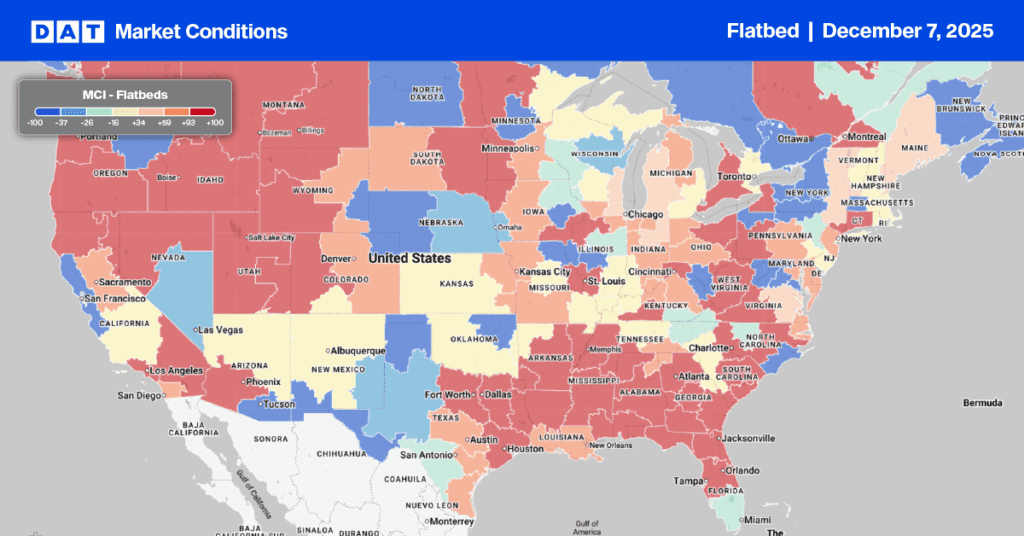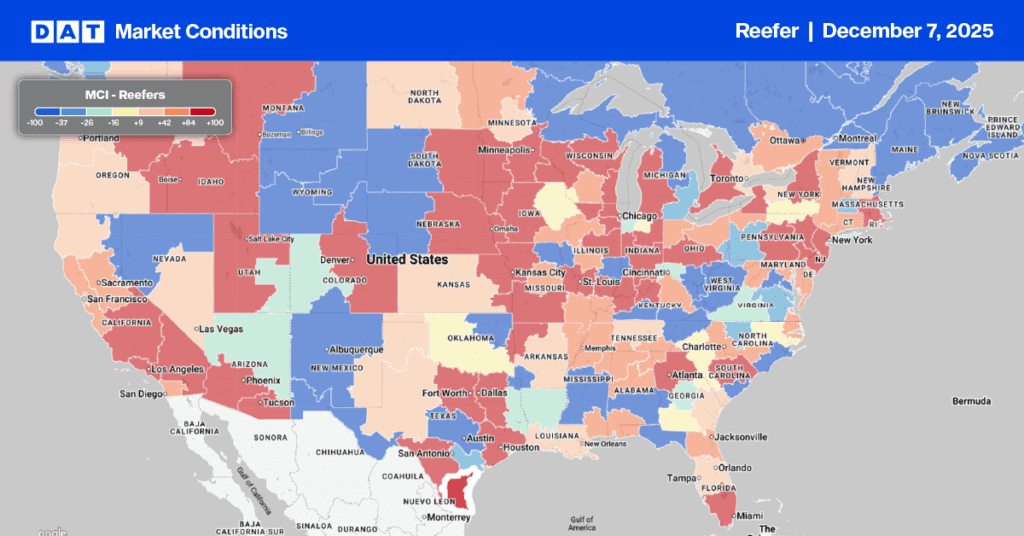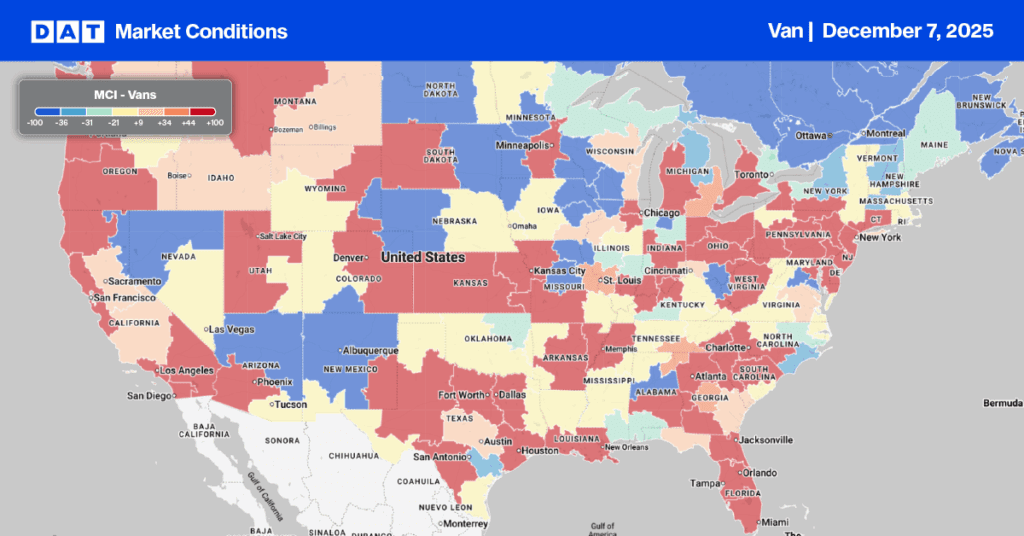On Feb. 14, sweethearts of all ages will exchange cards, flowers, candy and gifts in the name of St. Valentine. According to the latest National Retail Federation (NRF) survey, just over half of U.S. adults plan to celebrate Valentine’s Day, spending an estimated $22 billion on candy, greeting cards and flowers. Close to 73% of consumers surveyed said that they feel it’s important to celebrate given the current state of the pandemic even if they have to alter traditional holiday plans.
Consumers plan to spend an average $164.76 per person, which is down $32 from a record $196.31 in 2020 right before the pandemic hit. As has been the case throughout the pandemic, consumers will purchase more Valentine’s Day gifts online this year.
The top shopping destinations are expected to be online (38%), department stores (29%) and local small businesses and specialty stores (34%). The latter causes the most difficulties for truckers, where most loads are not on pallets have to be loaded and unloaded by hand.
The much easier palletized-loads of candy and greeting cards will have already been positioned in warehouses ahead of time, leaving the most time-sensitive loads of fresh cut flowers with the shortest shelf-life to impact freight markets the most this week.
Find truckload freight and capacity on the largest load board in North America.

‘It’s all hand unload and takes forever’
“Floral loads are all driver-unloads as some places don’t even have docks,” according to one trucker DAT spoke to this week. “They’re very unpopular loads, as they’re all time sensitive, so you have to haul butt because it takes so long to unload box by box. My last load had 2,500 boxes spread over four stops.”
To compensate, some large flora carriers have already imposed a temporary 20% holiday surcharge to all products shipped outbound from Florida with a ship date of Jan. 20 through Feb. 7.
This week is the peak shipping week for flowers ahead of Valentine’s Day, and most of the activity is centered on Miami, just 3.5 hours flying time from where the majority of Valentine’s Day roses are grown.
According to the USDA, 55% of rose stems were imported from Columbia and 43% from Ecuador, with 91% landing at Miami International Airport (MIA) before being trucked all over the U.S. and Canada. An additional 5.1% are shipped via West Coast airports including through Los Angeles, Long Beach and San Diego.
Behind the scenes, there are dozens of 747 jumbo jet air freighters loaded with flowers arriving from South America at MIA every day. Global floral supply chains follow a south-north pattern – fresh-cut flowers in Europe arrive from Kenya (the largest producer of roses in the world), and in North America, flowers mostly come from South America. All are close to the equator, where growers have natural light all year round, reducing the need for artificial illumination.
Why Miami when you can fly direct to most major cities?
Miami has a large perishables-handling infrastructure in place and ideally located to handle both the domestic air-to-truck logistics and the international air-to-air transfers. MIA also has an efficient consolidation center for both the US and Europe/Asia for southbound traffic of all kinds.
“The freighters that provide the big lift in the market need high volumes of good two-way traffic to be profitable, so it is safer and more efficient for them to schedule MIA schedules vs other airports,” according to international air freight expert Jesse Cohen. “There are a lot of other traffic opportunities for non-flower traffic in MIA as well (to/from Central America and Deep South) and many of the freighters fly multi-stop schedules so they can maximize their loads across all seasons. Bottom line – economies of scale and overall efficiency.”
Flower power
In the seven weeks leading up to Valentine’s Day, an average of 500 truckloads per day will head north out of Miami, where 80% of all flora volume is handled by just three carriers. They typically rely on a large number of company-owned trucks as well as independent contractors to handle the surging volume of roses in particular.
Just under 60% of Valentine’s Day roses will be shipped out of the Miami market this week and next. Load posts on the spot market are already up 20% week over week, and reefer spot rates are also up $0.11/mile to $1.52/mile on average to all destinations over the same timeframe.
On the heavy volume lanes including New York City, 3-day average spot rates are averaging $2.18/mile this week, including fuel surcharges. Chicago loads are paying $1.51/mile on average and $2.01/mile to Atlanta. Even loads west to Los Angeles are averaging $1.49/mile.


